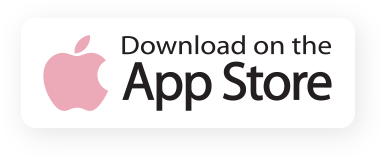Image Scraping: What It Is and How It’s Done
Image scraping is a powerful technique that enables us to extract images from the vast world of the internet. In this article, we’ll delve into the intricacies of image scraping, exploring its purpose, methodologies, potential applications, and use cases across various industries.
What is Image Scraping?
Image scraping is the process of automatically extracting images from websites or web pages. It is a subset of web scraping, the broader practice of collecting data from the internet. Image scraping can be used for a variety of purposes, including data collection, analysis, and automation.
There are several techniques and tools available for image scraping. Here’s an overview of the most common approaches. Starting with manual scraping, this is the most basic method that involves manual downloading of images from web pages. It is time-consuming and not suitable for large-scale data collection.
Another technique is to utilize the available extensions. Some browser extensions allow you to scrape images by selecting and downloading them in batches. While this is more efficient than manual scraping, it’s still limited in terms of scalability.
Lastly, there are unique solutions specifically designed for web data extraction. Web Data Extraction Services offers such a solution that allows you to configure web scraping tasks to extract images from multiple web pages automatically. Ultimately, image scraping offers several key advantages and applications, such as:
- Data Enrichment: By collecting images, you can enhance the depth and richness of your datasets. This is particularly valuable in fields like e-commerce, where product images are essential for creating appealing listings.
- Visual Analysis: Image scraping is crucial for tasks like sentiment analysis, object recognition, and content moderation.
- Competitive Intelligence: Keeping an eye on your competitors is crucial in any industry. Image scraping can help you monitor their product launches, marketing materials, and branding strategies through their online images.
Image Scraping Use Cases
Here are some of the particular instances in which image scraping can prove as useful:
- Real Estate: Real estate agencies can scrape property images, descriptions, and pricing details from various websites to create comprehensive listings for their clients. Moreover, analyzing images of properties and their features can help real estate professionals gain insights into market trends and buyer preferences. Learn more.
- Travel and Tourism: Travel agencies and websites can scrape images of travel destinations, providing potential tourists with a visual preview of their vacation spots. On a similar note, scraping images and reviews of hotels and accommodations can assist travelers in making informed decisions when booking their stays.
- Academia and Research: Researchers can scrape images from scientific journals and databases to gather data for studies, experiments, and academic papers. In addition, educational institutions can use image scraping to compile resources, including lecture slides and visuals, for students and faculty.
- E-Commerce: Regardless of what type of products your online shop is selling, scraping images can give you valuable insights when it comes to the market. Gain leverage over your competitors by knowing which products are best-sellers, which products received customer complaints, etc.
However, it’s important to note that web scraping generally raises legal and ethical concerns. Users must respect website terms of service and copyright laws when scraping text and images. This is where we step in – our web scraping solutions guarantee high accuracy and efficiency when extracting all types of data, allthewhile abiding to the laws and user agreements. Contact us today for more information and pricing.


